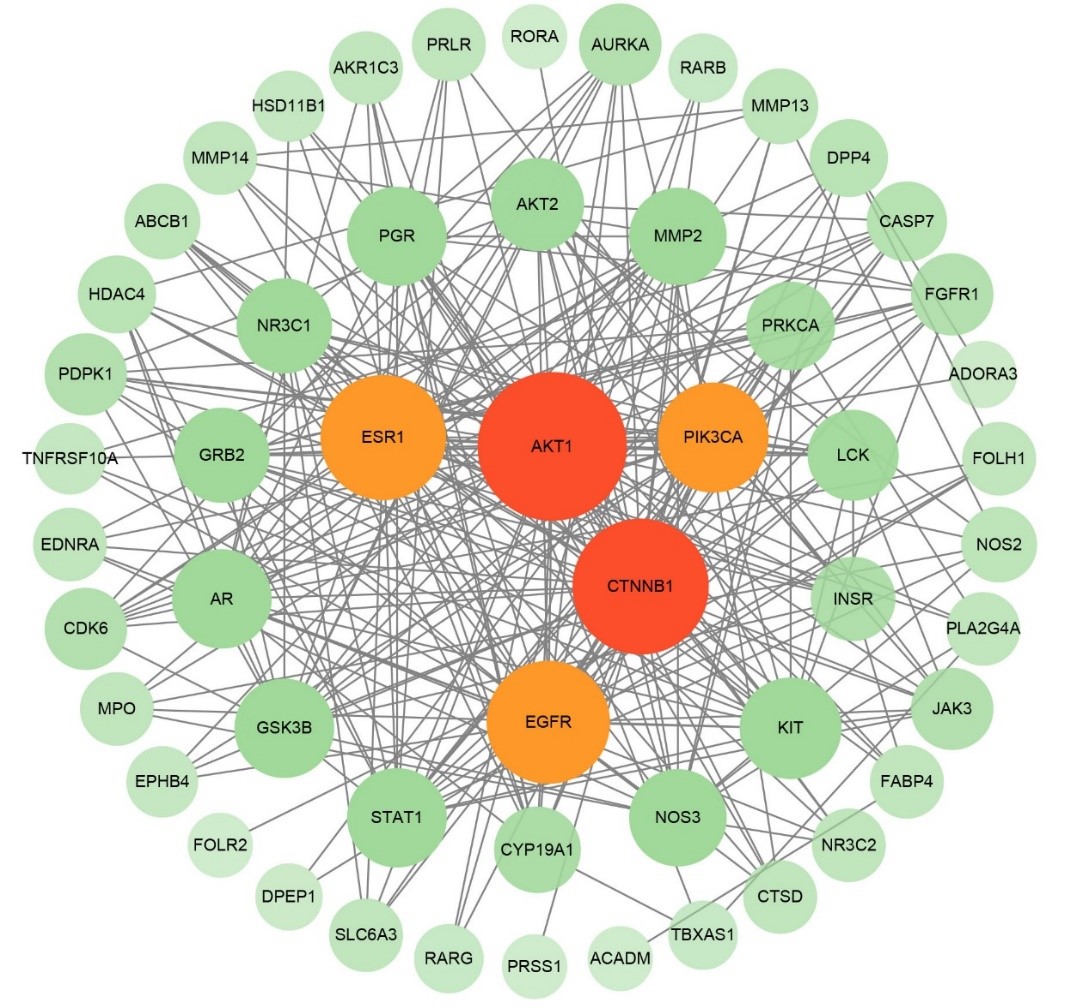
According to the research published in Biotechnology and Applied Biochemistry recently, a team led by Prof. HUANG Qing at the Hefei Institutes of Physical Science of the Chinese Academy of Sciences, revealed new function of ganoderic acids from G. lucidum for treating breast cancer. This is the first time scientists identified potential targets of ganoderic acids for breast cancer treatment using bioinformatics techniques.
Breast cancer is one of the most common cancers in women, with high rates of death and illness. Developing safe and effective medicines is crucial. Over the years, studies on G. lucidum have shown it has many benefits, especially its anti-tumor effects, which have attracted the attention of researchers.
In this study, researchers applied network pharmacology analysis to predict the potential therapeutic targets and signaling pathways of ganoderic acids for breast cancer treatment. 53 potential target proteins associated with 202 pathways were predicted to be related to breast cancer. Further analysis narrowed these targets down to six key candidates, which were validated through molecular docking studies.
Specifically, ganoderic acid DM (GADM) and the target with the strongest interactions, were validated via breast cancer cell lines. They found that the more GADM used, the more it suppressed PIK3CA protein in breast cancer cells.
These findings suggest that GADM could be a reliable potential treatment for breast cancer by inhibiting PIK3CA and slowing cancer cell growth. This positions GADM as a potential candidate for combination therapies aimed at enhancing current treatment methods or overcoming drug resistance.
The findings provide a strong rationale for further exploration of GADM as a potential therapeutic agent for breast cancer, according to the team.

Protein-protein interaction network of the 53 potential targets for treating breast cancer. (Image by Mohammed Sharif Swallah)